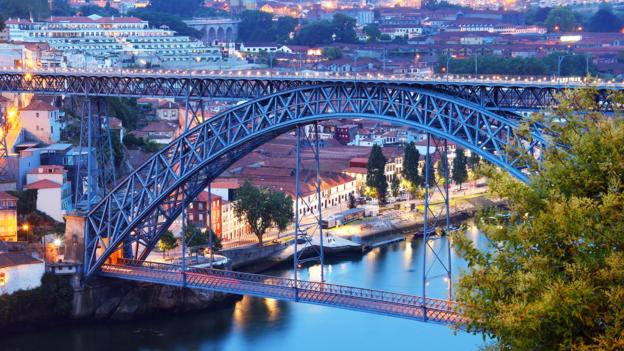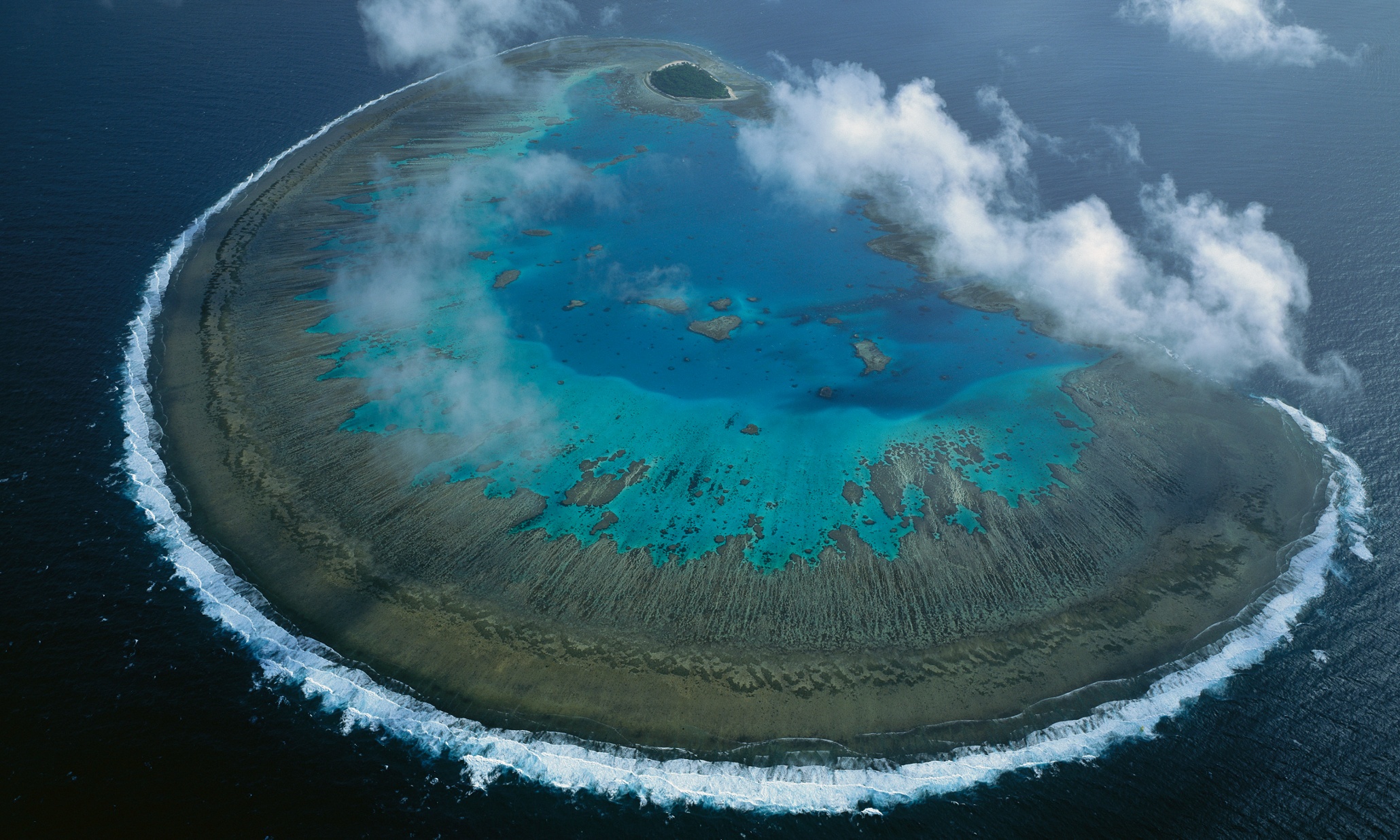This post may contain affiliate links. We may earn money or products from the highlighted keywords or companies or banners mentioned in this post.
I don’t know who invented the term “Second City”, but I’m willing to bet it wasn’t someone who lived in one.
Yes, technically a Second City is simply a nation’s second most populous city but, let’s face it, the term also implies inferiority, second-class status. No wonder residents of Second Cities bristle at the moniker. There is nothing second rate about cities like Krakow, Poland, or Montreal, Canada. Second Cities offer the wise traveller some very first-rate experiences.
For starters, Second Cities are, by definition, less crowded than First Cities, and that means fewer hassles. Also, Second Cities come laden with fewer expectations, and that is, in my mind, a very good thing. Think of them and, chances are, few distinct images spring to mind. You draw a blank. Blanks are good. You get to fill them in. On a recent trip to the Netherlands, for example, I knew what to expect in Amsterdam, from the canals to the coffee houses. But I had no idea what awaited me in Rotterdam, and was pleasantly surprised by the city’s grittier charm.
At first blush, Second Cities seem to have little in common. Cordoba, Argentina, and Mombasa, Kenya, are as different as a steak dinner and a papaya smoothie. Or are they? Second Cities, in fact, share many common traits.
At first blush, Second Cities seem to have little in common. Cordoba, Argentina, and Mombasa, Kenya, are as different as a steak dinner and a papaya smoothie. Or are they?
Most tend to have a chip on their shoulder. That chip, though, can motivate. Think Chicago and its famous The Second City improvisational comedy troupe (For most of the 20th Century Chicago was the US’ second city, but has since been surpassed by Los Angeles). The ensemble, which has produced such comedy greats as Bill Murray, Stephen Colbert and Tina Fey, owes much of its success, I think, to the fact that Chicago is an underdog city. They had to try harder.
Porto is another classic example of a Second City. Only a three-hour train ride from Lisbon, it feels worlds apart from the Portuguese capital. Disembarking at the city’s São Bento station, I was immediately struck by the azulejo (tile panels) depicting the history of Portugal. That’s no coincidence. Portugal is one of Europe’s oldest nations, and people here are proud of the fact that the country was born in the north, not far from Porto (the county’s oldest village, Ponte de Lima, is a mere 90km away).
Porto, of course, is best known for its port wine – a mixed blessing as far as some locals are concerned. The city is much more than that, they insist.
“It’s a very dynamic city, very different from just a few years ago,” said Miguel Silva, a consultant from Porto. “The underground scene is getting bigger.”
In fact, Porto arguably possesses a more vibrant arts scene than Lisbon. This is evident in everything from the colourful and elaborate street art to the Fundação Serralves’ contemporary art museum.
It’s a cliché, I realize, to speak of a city being “magical”, but in the case of Porto the cliché is true. There’s nothing ordinary about the city. Not even its McDonald’s. Formerly the Imperial Café, the outlet features art deco stained glass and crystal chandeliers. It’s possibly the most beautiful McDonald’s in the world.
The entire city is infused with this sort of unexpected splendour. From the arched, double-decked Dom Luis bridge that gracefully spans the Duoro River to the architecturally improbable Casa da Música concert hall (it’s been said it looks like a giant metronome), Porto beguiles. No wonder a young JK Rowling found inspiration for Harry Potter here. It was the early 1990s and Rowling, working as an English teacher, was a regular at the Livraria Lello bookstore. With its glorious winding staircase and 12th-century neo-gothic architecture, the store does seem awfully Hogwartsian. In recent years, it’s become a pilgrimage site for Potter fans, with long queues forming early in the morning.
After only a few hours in Porto, a sense of déjà vu tugged at me, even though I’d never been there before. I soon realized why. Porto reminded me of another Second City: Osaka. The more I thought about, the more I realized how much the two have in common.
Both are mercantile cities. Both are known for their openness. Osakans are, in general, less formal, less “refined” than Tokyo-ites, and this is reflected in the osakaben dialect, peppered with colourful expressions, such as a breezy maido for “hello” and an affable hona mata for “see you later”. Osaka is Japan’s comedy capital, home to manzai, a bantering stand-up routine that’s utterly free of pretence.
This relaxed attitude extends to the city’s food. Osaka’s signature dish is okonomiyaki, a messy pancake-type dish. Porto’s equivalent is Francesinha (literally “little Frenchy”). The sandwich is a coronary on a plate: typically stuffed with ham, sausage or roast beef, covered with melted cheese, topped with a beer sauce and, of course, served with French fries. Both dishes are delicious, though they are not the least bit refined.
Both Osaka and Porto share a fierce, borderline maniacal, attachment to their local sports teams – the Hanshin Tigers baseball team in Osaka, the Futebol Clube do Porto in Porto. And both cities, like all Second Cities, face very real challenges. They struggle to retain young, talented people who, invariably, are drawn to the bright lights of the First City.
Yet even for those who leave, Second Cities engender life-long affection. My friend Junko has lived in Tokyo for decades, but she’s still a sucker for a good okonomiyaki, still loves – I mean loves – the Hanshin Tigers and hasn’t lost her Osaka accent one bit.
An Icelander once told me that, should you find yourself unsure of your true home, ask yourself this question: “Where do you want to die?”
When I asked Silva, of Porto, that very question, he didn’t hesitate.
“I began my journey here” he said, “and I will end my journey here.”
If you liked this story, sign up for the weekly bbc.com features newsletter, called “If You Only Read 6 Things This Week”. A handpicked selection of stories from BBC Future, Earth, Culture, Capital, Travel and Autos, delivered to your inbox every Friday.











